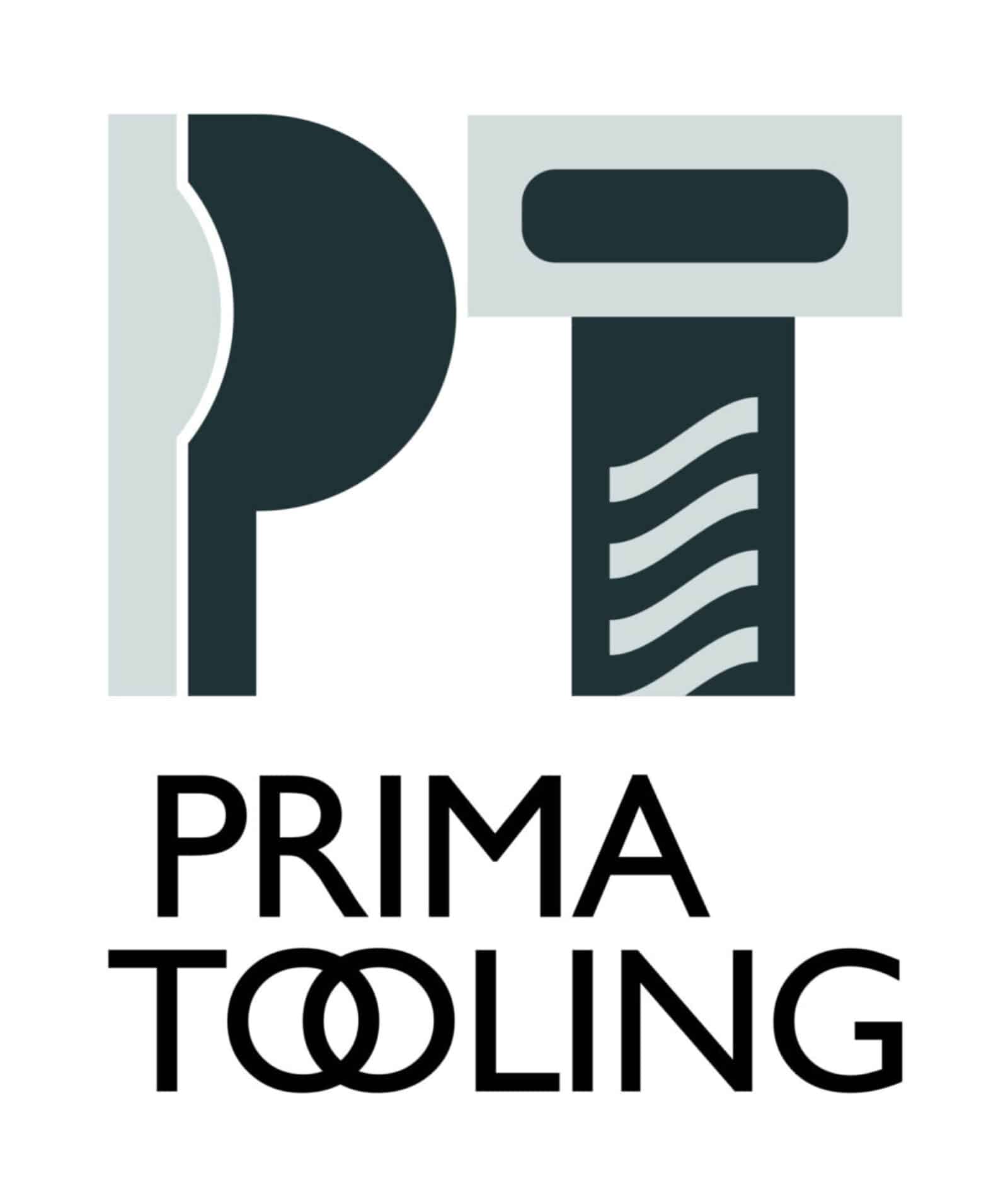Precision cutting tools play a crucial role in manufacturing and engineering. One tool that has garnered significant attention is the boring drill. This essential piece of equipment is designed to enlarge holes that have already been drilled, ensuring precision and accuracy in various projects. While boring drills offer a straightforward function, challenges often arise, impacting their efficiency and the quality of the work produced.
Understanding the issues that can occur with boring drills is key to maintaining smooth operations and achieving desired outcomes. By addressing these problems head-on, you can improve the longevity and performance of your tools, ultimately saving time and resources. In this article, we’ll explore some of the common issues faced when using boring drills and provide practical advice on how to tackle them effectively.
Common Problems with Boring Drills
Boring drills are generally reliable, but like any tool, they can encounter issues that might slow down progress or compromise results. Here’s a look at some common problems:
– Tool Wear: Over time, even the most durable boring drills can succumb to wear and tear. This might manifest as dull edges, which hinder the drill’s ability to cut smoothly and precisely.
– Misalignment: If a boring drill is not properly aligned, it can cause uneven or enlarged holes, compromising the integrity of the workpiece.
– Chatter: This is a vibration that occurs during machining, leading to a rough finish on the workpiece. It can also increase tool wear if not addressed.
Understanding these issues is the first step in overcoming them. Take the wear example: when tools don’t perform as expected due to wear, it can lead to poor hole quality and increased downtime. Recognizing the signs of wear early allows you to take corrective action, such as sharpening or replacing the tool, before it affects your work significantly.
Addressing these common problems requires a careful evaluation of your current practices and tools. By doing so, you can ensure that your boring drills perform optimally and meet the high standards required in precision cutting tasks. Next, we’ll explore identifying the root causes of these issues and how to diagnose them effectively.
Identifying the Causes
Pinpointing the origin of issues with boring drills is key to fixing and preventing them. Start by examining the setup of your machine. Incorrect alignment or looseness could lead to uneven holes. Check that all parts are secure and aligned according to the manufacturer’s guidelines. This can be a simple but effective first step in identifying potential problems.
Next, consider the material you’re working with. Some materials are more challenging and might require specific types of drills or settings. Ensure the drill bit is suitable for the material at hand. Knowing your work material well can help in selecting the right tools and settings, reducing potential issues.
Finally, assess the quality of the tools you’re using. Tools made from low-grade materials may wear faster or malfunction. Opt for high-quality tools that can withstand the demands of your tasks. When choosing tools, look for those that offer a balance between strength and flexibility, providing both durability and efficiency.
Pro Tips for Resolving Boring Drill Issues
Once you’ve identified the causes, it’s time to work on solutions. Here are some practical tips to help you tackle these challenges:
– Conduct Regular Maintenance: Schedule frequent checks for your tools and machinery. This includes cleaning, lubricating, and tightening any loose parts to ensure peak performance.
– Ensure Proper Setup: Make sure all components, from the drill bit to the machine itself, are correctly set up. An accurate setup prevents misalignment and resulting damage.
– Select the Right Drill: Match your drill to the job. Using the wrong tool for the material can result in wear and inefficiency. Choose a drill that is designed for the specific material and task.
Preventative Measures
Implementing preventive strategies is your best bet for avoiding future issues with boring drills. Create a checklist for routine inspections, ensuring equipment is always in top condition. This helps catch wear and misalignment before they escalate into bigger problems.
It’s wise to invest in high-quality tools from reliable brands. While they might cost more upfront, their longevity and performance can save money and hassle over time. Stay informed about advances in drill technology, as newer models might offer solutions to persistent issues you’ve encountered before.
Finally, encourage open discussion among team members about any inconsistencies or problems encountered during operations. Sharing experiences and solutions is an invaluable tool in improving overall efficiency and reducing downtime.
Wrapping Up Your Boring Drill Success
Through the careful identification and management of common boring drill issues, you’ll be set up for success. By focusing on problem diagnosis and employing preventive measures, you maintain smooth operations and high-quality production standards. It’s all about addressing the challenges before they become costly problems.
Remember to keep your tools in top shape and your team informed. As precision cutting is such an important part of many projects, taking these steps ensures you remain efficient and effective. Whether you’re handling day-to-day tasks or a critical project, proper maintenance and practices will help you achieve the best results every time.
To keep your boring drill performing at its best, consider reaching out to Prima Tooling. They offer a variety of high-quality tooling solutions tailored to your needs. Explore their range of boring drill options to maintain precision and efficiency in your projects. Whether you’re upgrading your current setup or need assistance with tool selection, Prima Tooling is ready to support your precision cutting needs.
